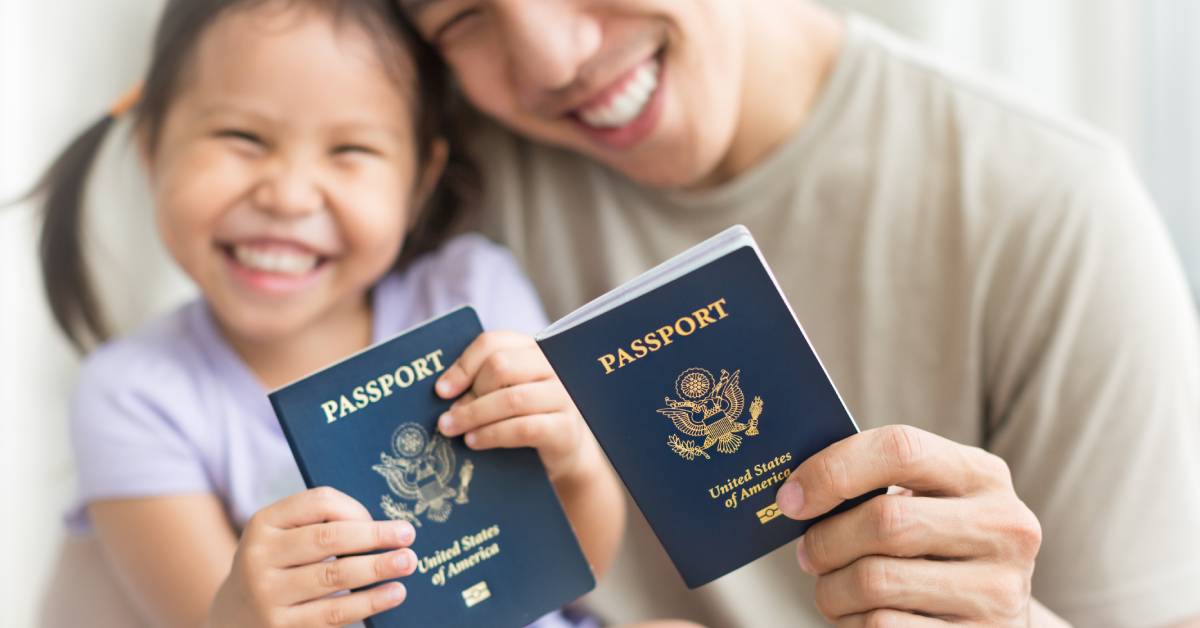
Family-based immigration forms the bedrock of the United States’ immigration policy, promoting family unity by allowing US citizens and lawful permanent residents to sponsor their relatives for immigration. This process is a legal pathway as well as a lifeline for many families seeking to reunite with loved ones across borders. However, understanding the complexities of family-based immigration can be overwhelming. Continue reading to learn how to successfully navigate the challenges of family-based immigration.
Types of Family Visas
The US immigration system offers various categories for family-based visas, each designed to cater to different familial relationships. Immediate relative visas and family preference visas are the two primary categories. Immediate relative visas are available without numerical limitation, meaning there’s no cap on the number of visas issued each year. These visas cover spouses, unmarried minor children, and parents of US citizens. The lack of quota makes this route more straightforward, yet the process still requires meticulous attention to detail.
Conversely, family preference visas are subject to annual numerical limits, adding another layer of complexity. These visas fall into categories based on the type of relationship and the US sponsor’s status. Family preference visas cover a range of individuals, including unmarried adult children of US citizens, unmarried adult children of lawful permanent residents, and married children of US citizens. They also cover spouses, minor children, and siblings of adult US citizens. The limited availability of these visas means longer waiting periods, which can frustrate families eager to reunite.
Navigating these visa categories requires an understanding of eligibility criteria and documentation needs. Each category has specific requirements that applicants must meet, and a lack of clarity can lead to delays or denials. Therefore, knowing the intricacies of each visa type is crucial for families aiming to initiate the process smoothly and efficiently.

Challenges With the Family-Based Immigration Process
The path to family-based immigration can be laden with challenges and potential setbacks. One of the most significant hurdles is the processing time, which can stretch from months to years, depending on the visa category and country of origin. Immediate relative visas generally have shorter processing times due to their unlimited nature, yet they are not immune to bureaucratic delays. Meanwhile, family preference visas often involve prolonged waiting periods due to their annual caps and the consequent backlog.
Another issue that plagues applicants is the complexity of documentation. The immigration process demands a comprehensive set of documents, including proof of the petitioner’s citizenship or residency, relationship evidence, and financial support affidavits. Missing or incorrect documentation can lead to rejections or prolonged delays, adding stress to an already complex process. Additionally, varying regulations and procedural changes often catch applicants off guard, complicating this intricate process.
Legal and procedural challenges aside, navigating the immigration process also takes a significant emotional toll on families. The uncertainty of processing times and the potential for denial can strain family bonds, especially when relatives live thousands of miles apart. The psychological impact of such separation adds another layer of complexity that families must manage throughout the immigration process.
Tips for Success in Navigating the System
Navigating the challenges of family-based immigration requires a strategic approach and meticulous preparation. One of the key steps is to seek professional legal guidance. Immigration laws and procedures are continuously evolving, and it becomes challenging to keep abreast of these changes without professional help. Engaging an experienced immigration attorney can clarify eligibility requirements, streamline document preparation, and provide representation in case of legal discrepancies.
Staying organized is equally essential. Keeping thorough records and copies of all submitted documents, including application forms, correspondence, and financial proofs, can help applicants avoid potential pitfalls. Being proactive about gathering and maintaining these records ensures that families are prepared for any unforeseen queries or requirements during the process.
Additionally, patience and persistence are vital. Given the inherent delays in processing times, maintaining realistic expectations is crucial for managing stress and anxiety. While families cannot expedite the government’s process, staying informed about their progress and maintaining regular contact with immigration authorities can help alleviate some of the uncertainty associated with the wait. Ultimately, perseverance coupled with informed action can lead to successful outcomes.

How To Handle the Emotional Toll of Separation
The emotional toll associated with living apart from loved ones during the immigration process is another important challenge to address. The longing for family members and the uncertainty of when reunification will occur can lead to feelings of loneliness and isolation. However, there are steps that families can take to alleviate this emotional burden and maintain a sense of connection despite the physical distance.
Regular communication is key to maintaining familial bonds during periods of separation. Modern technology offers a multitude of options for staying in touch, from video calls to instant messaging. Setting aside dedicated time for virtual interactions can help bridge the gap and provide a sense of togetherness, reminding family members that they are not alone in their experience.
Seeking support from community organizations and support groups can also provide solace during challenging times. Connecting with others who are going through similar experiences can offer validation and a sense of belonging. Sharing stories and advice with those who understand the unique challenges of family-based immigration can be a source of strength and encouragement.
Engaging in activities that promote self-care and emotional well-being is also essential for navigating the emotional challenges of separation. Practicing mindfulness, pursuing hobbies, and seeking professional counseling if needed can help individuals manage stress and anxiety. By prioritizing mental health, families can better cope with the uncertainties of the immigration process.
Encouragement for Families Embarking on the Journey
The path of family-based immigration ultimately offers the promise of family unity. For those embarking on this journey, understanding the process, preparing for hurdles, and seeking professional guidance can significantly ease the process. The value of reuniting with loved ones across borders is immeasurable, and with careful planning and perseverance, families can overcome the obstacles that stand in their way.
If you’re ready to take the next step, consider reaching out to Gahagan Law Firm. As immigration experts, we can provide tailored advice and guidance. Whether you need a K1 visa immigration lawyer or professional guidance regarding an immediate relative or family preference visa, we’re here to make the process as smooth as possible. With the right support and determination, your dream of family reunification is within reach. Schedule a consultation today to learn more.
